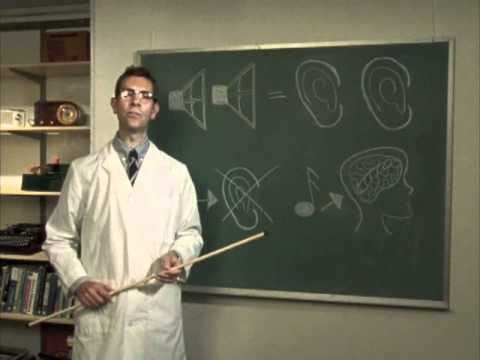The other night I was looking to see what serial killer show I could binge on: I'm studying how to perform autopsies from TV. Scouting the PBS Passport app, I saw Dylan's Shadow Kingdom music film available. I've seen it twice, posted about it twice, but I clicked on it anyway. Revealed: a Shadow Kingdom supplemental package, listed as "episodes."
Under this rubric, Passport subscribers can watch The 30th Anniversary Concert Celebration, which I saw at Madison Square Garden in 1992. The concert was in recognition of the 30th anniversary of his debut for Columbia Records, with other artists performing Dylan material. My favorite moment in that show was Lou Reed performing "Foot of Pride." Never, I thought, have a singer and song been so well matched. Another episode on PBS has Dylan's MTV Unplugged, a 72-minute 1994 show, in which the artist and audience were considerably less in sync.
And then there is Odds and Ends. PBS says it is "composed of archival interviews, promotional videos an…
Keep reading with a 7-day free trial
Subscribe to Critical Conditions by Wayne Robins to keep reading this post and get 7 days of free access to the full post archives.



